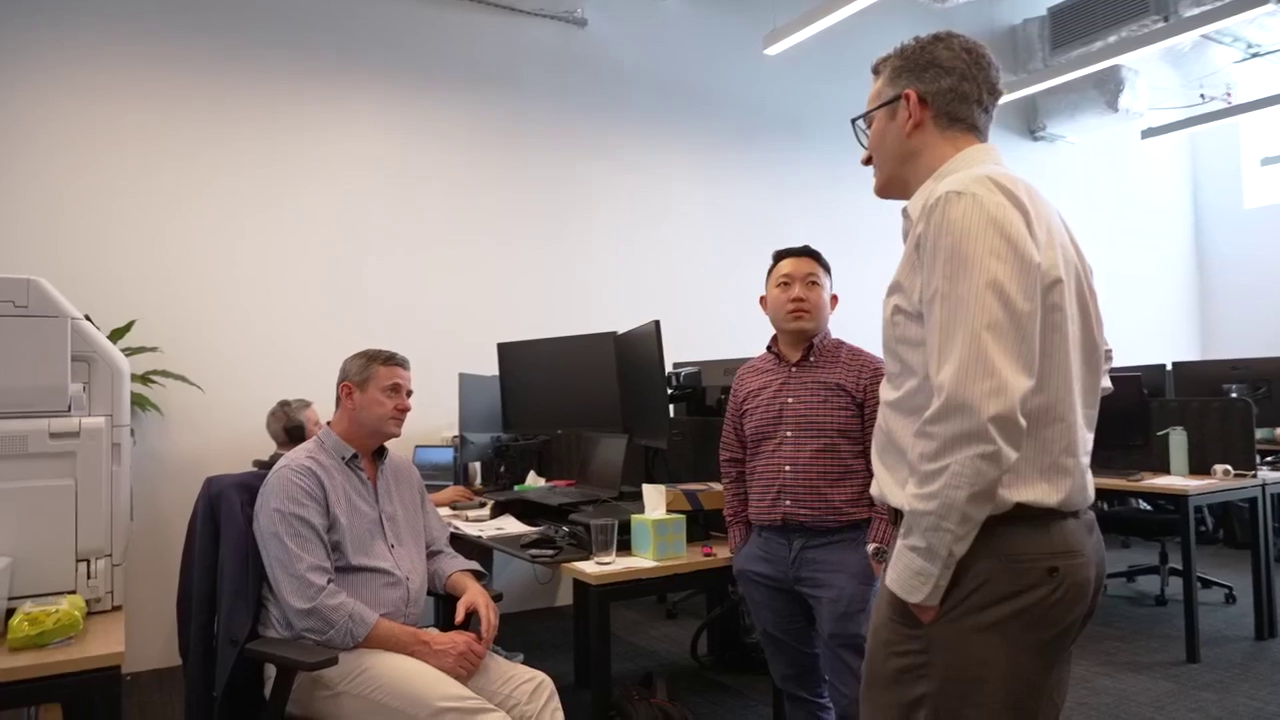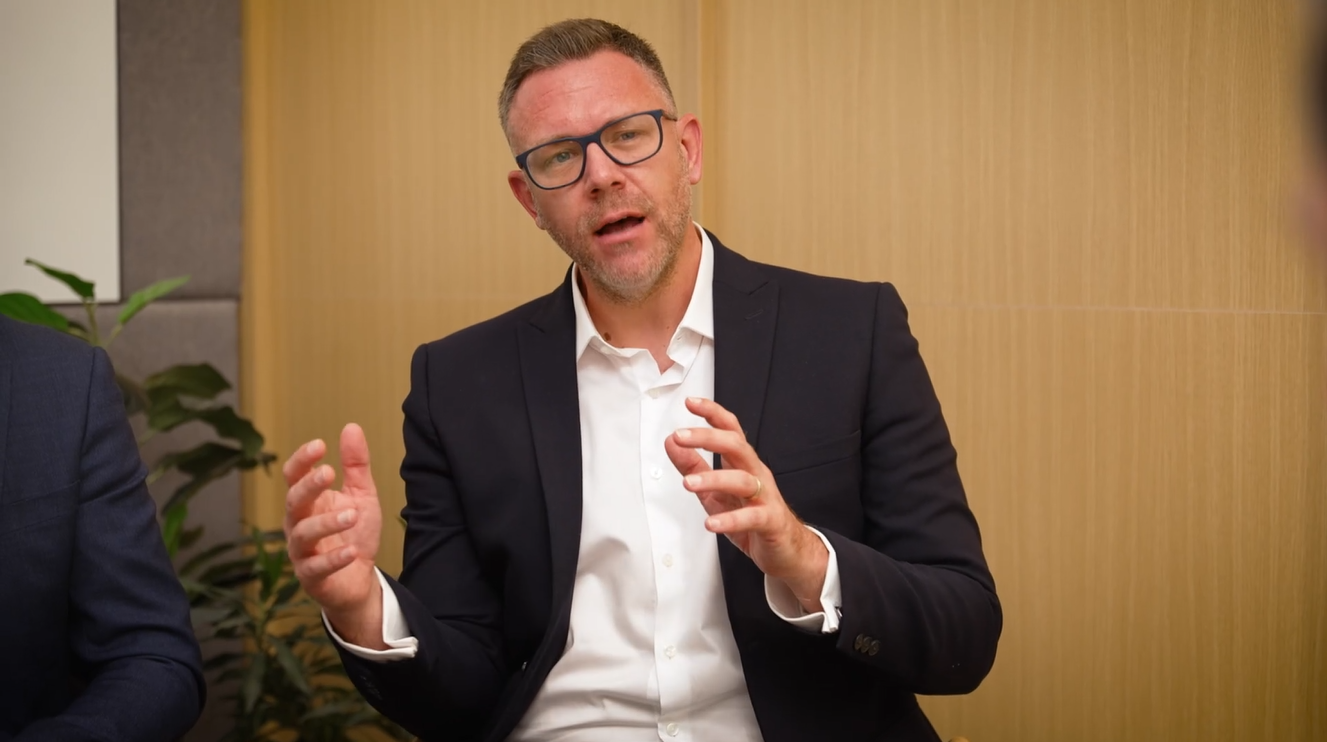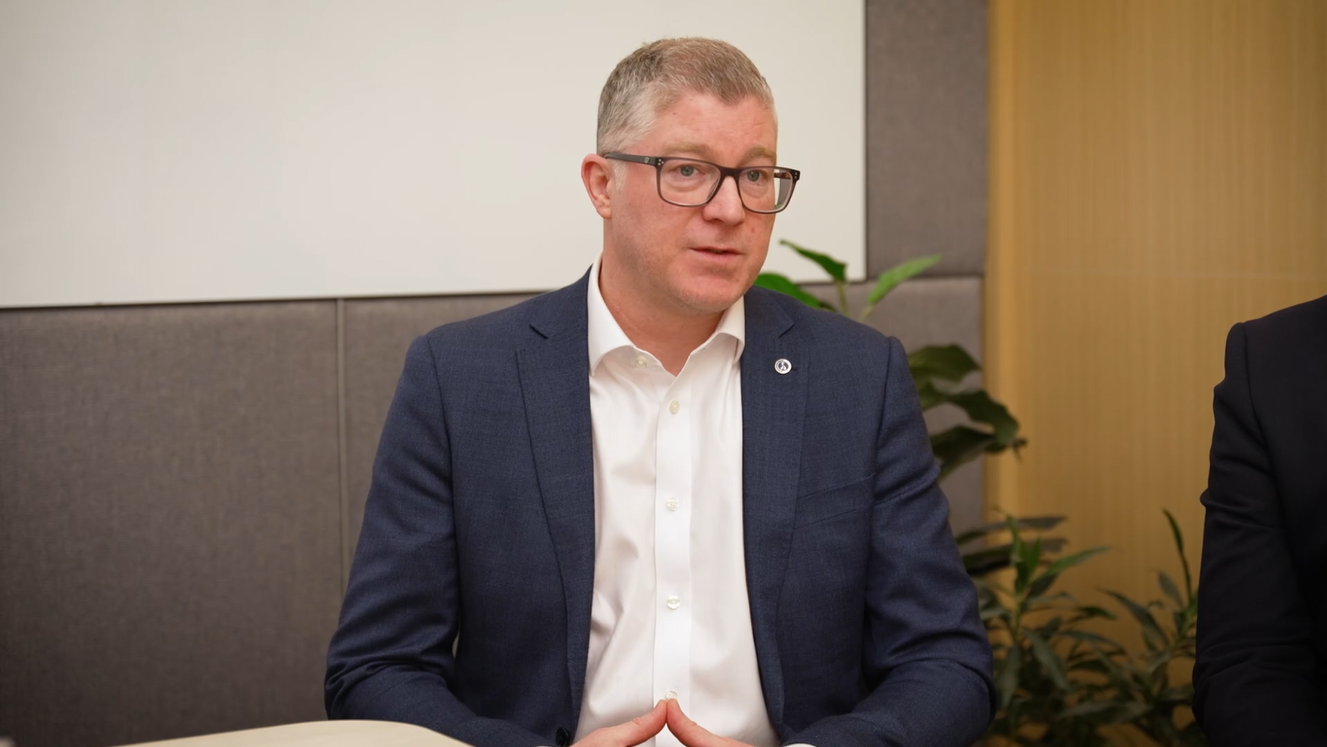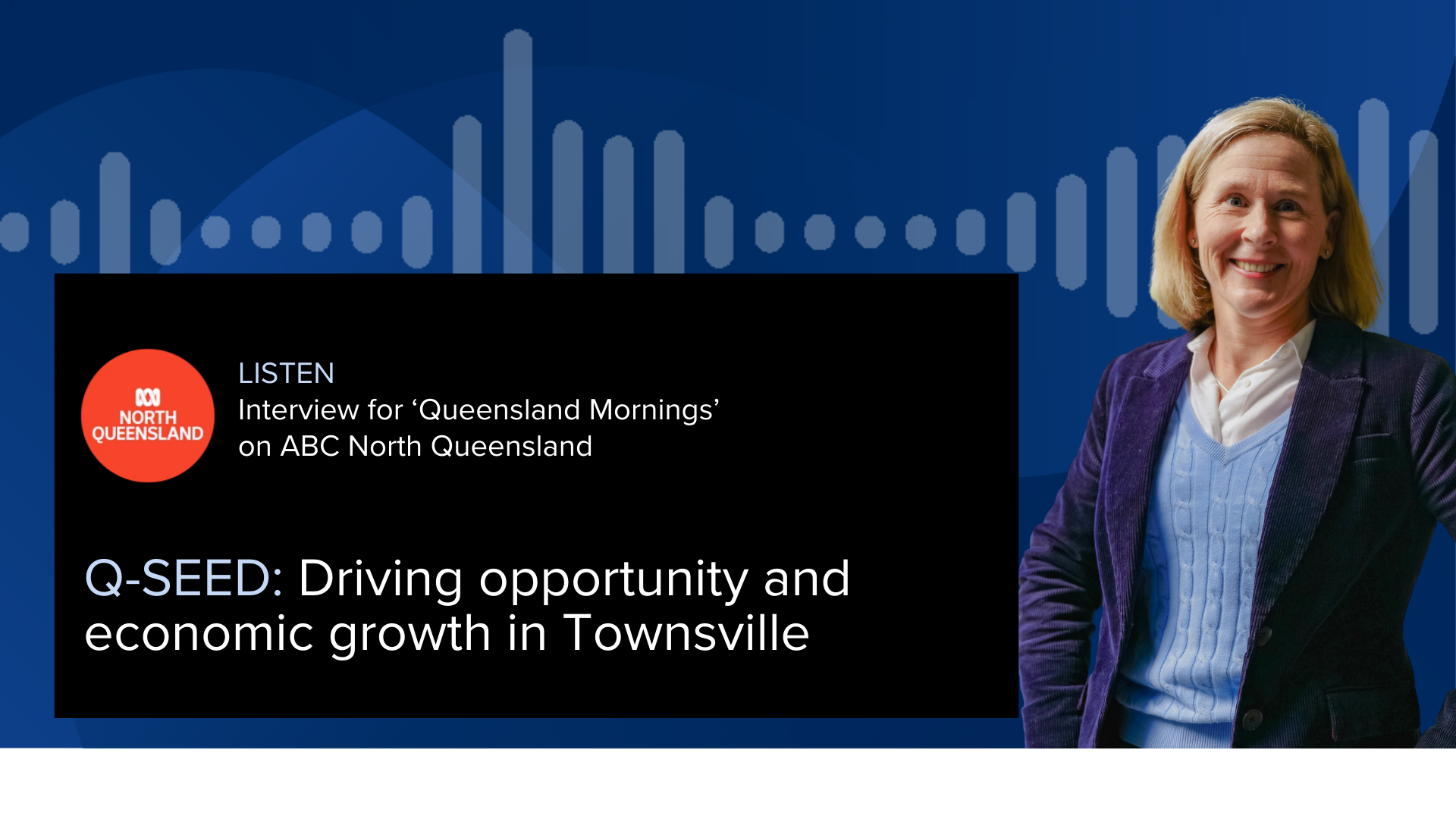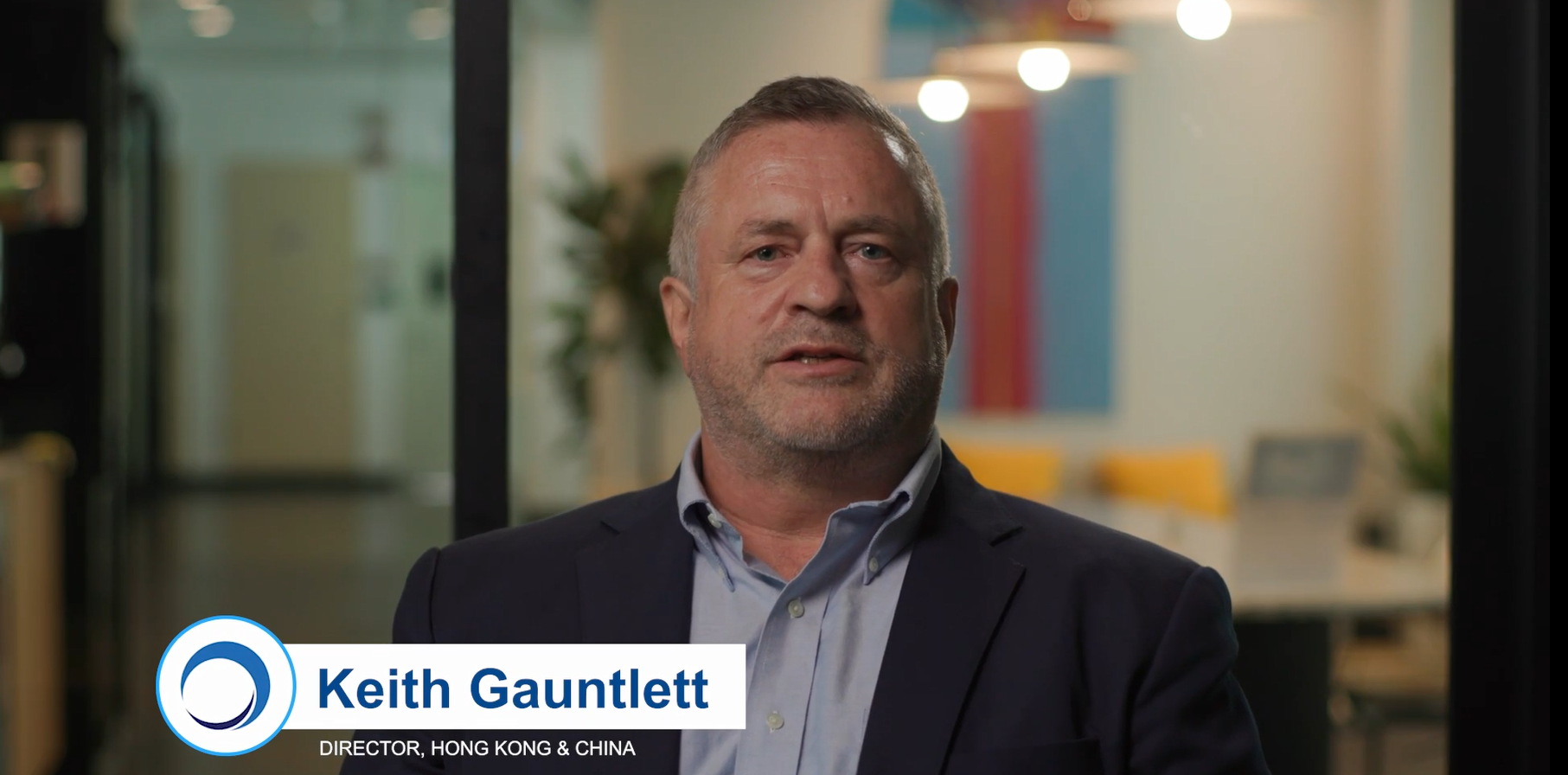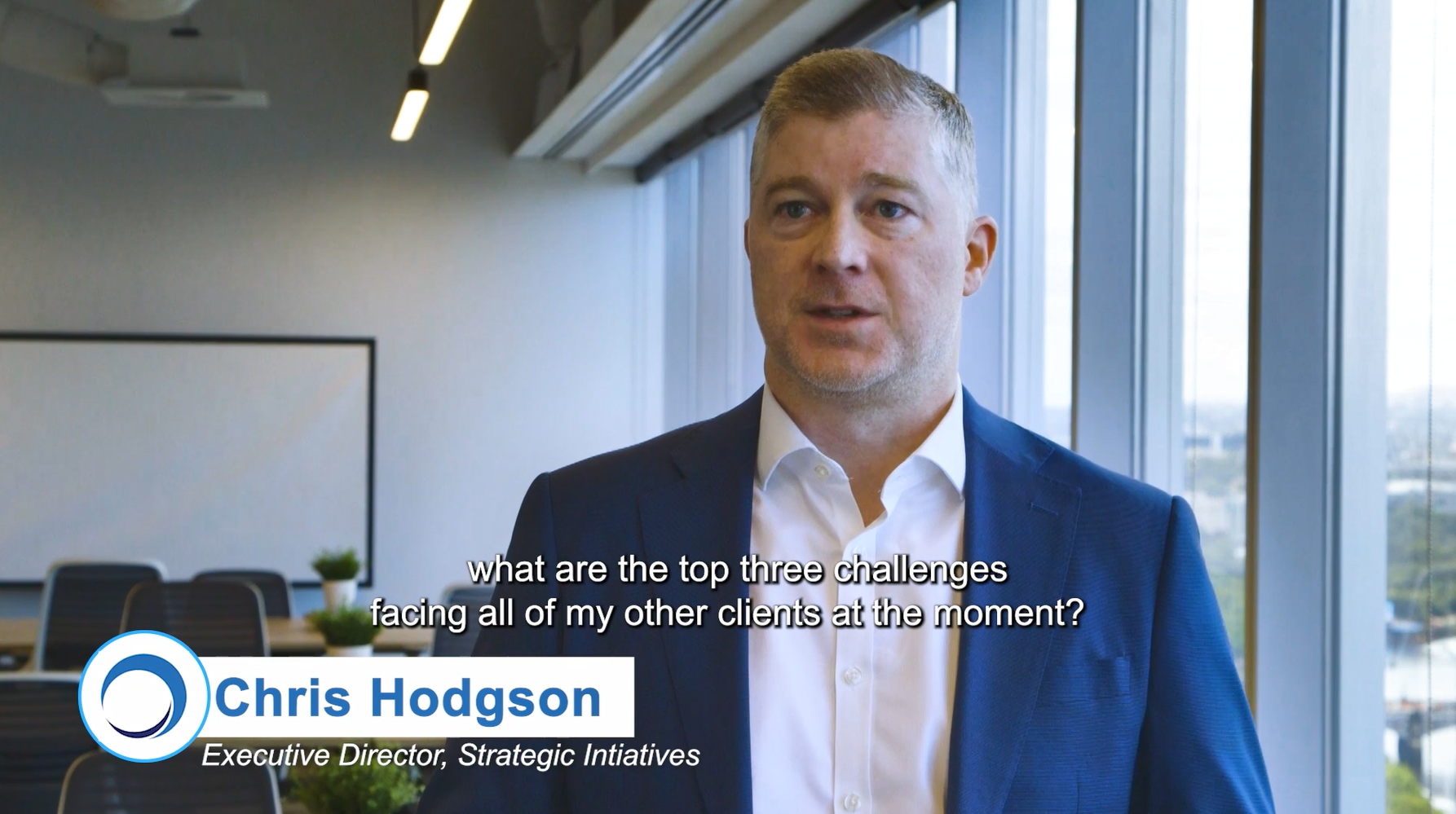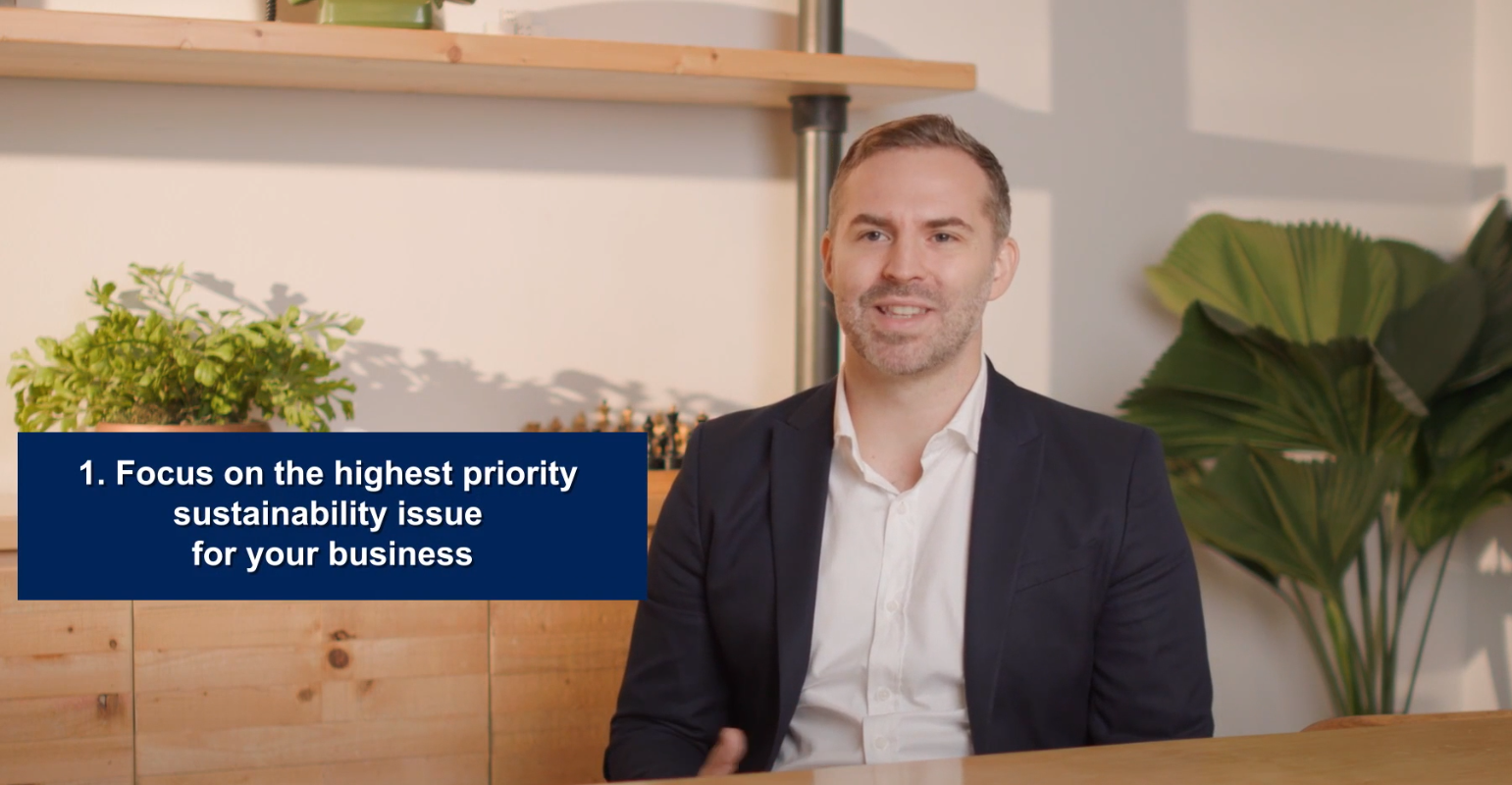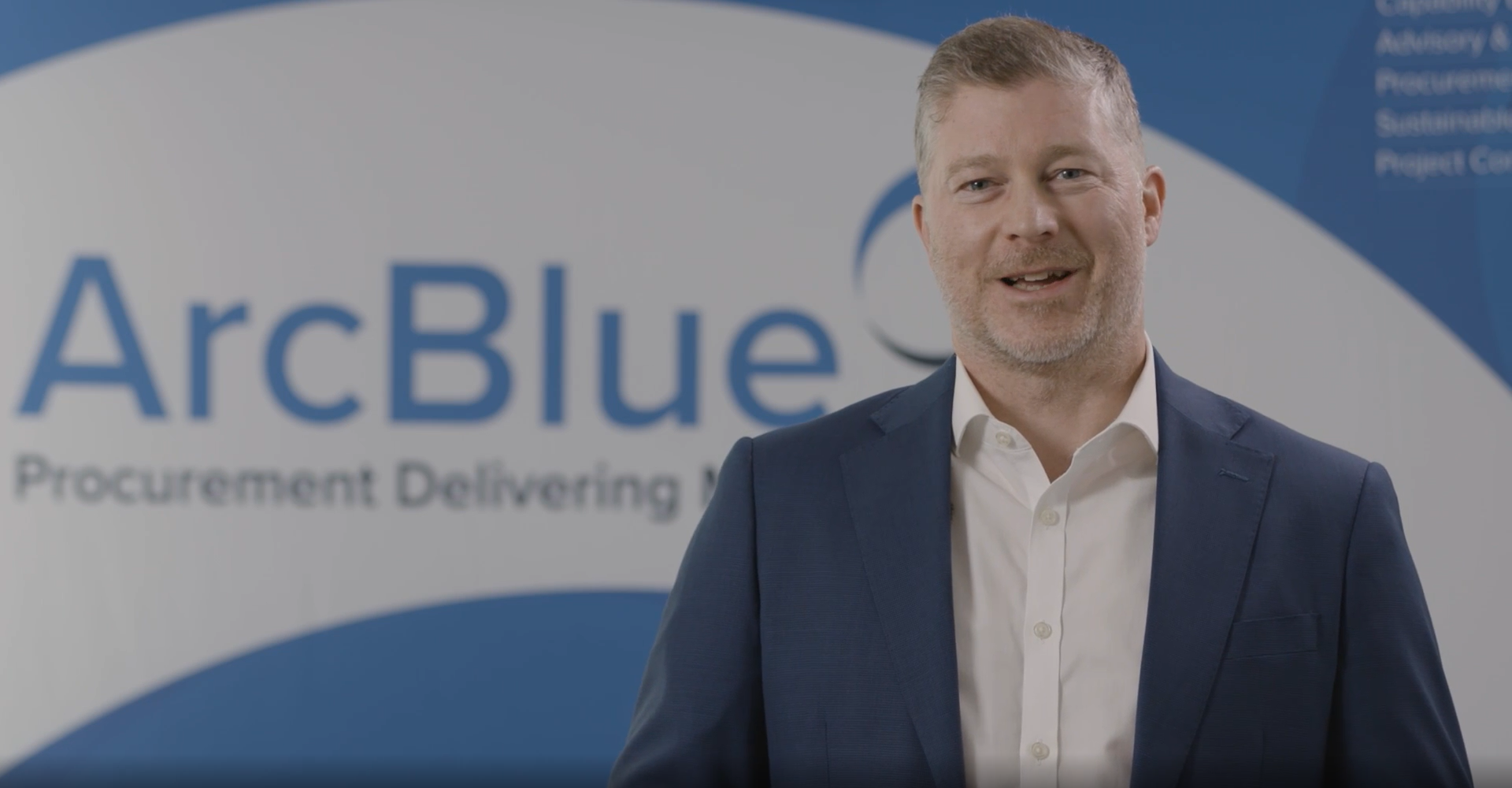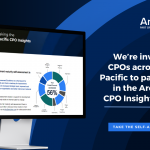- VIDEO
Cost Optimisation Series:
Part 4 - Working Capital and Inventory Management
December 2024
“It’s a constantly moving and fluid world that we operate in today. So, I think what I would say then is that, just because we’ve done it before, doesn’t mean there’s more value today, doesn’t mean some of that paradigm has shifted. And we shouldn’t really be challenging the thought process today in where that value can come from…” ArcBlue’s Savings Programme experts, Chris Hodgson and Chris Gardner, provide strategies and practical tips into how CFOs and procurement teams can navigate the complexities of working capital improvements, from balancing payment terms to unlocking value in inventory management.
Featured
Related Services
Transcript
Dan R: CFOs and cash flow, now there’s an increasing emphasis on working capital improvements. What are you seeing in your space?
Chris H: So, there’s the working capital in terms of extending your payment terms, keep-the-money-inside-your-business-for-longer from a working capital perspective. But then, you also have pressure from governments and regulators around paying on time and paying small businesses early, so you need to manage both of those challenges.
What we do often see, and this goes back to the original point Dan, you asked about data, is that people just don’t know. They’re not aware of how quickly they’re paying their suppliers. We’ve certainly come across many instances where we have a contract that says 30 days, but we’re actually – this is the reality – paying it on seven days, so we’re paying ahead of when we’re contracted. That is quite common.
You also have the opposite where we’re not paying people on time. Now what’s the consequence of that, is that the suppliers are then pricing into your services the cost of the extra credit.
There’s a really sophisticated approach you need to take to this to get the balance right. Obviously extend terms where you can, but make sure you’re paying on time. And protect small business and make sure that they aren’t put out of business, frankly, through extended payment.
And then think about how you can use things like dynamic invoice discounting to accelerate payment but making sure you’re receiving a return, so that in that working capital, benefit is managed. So, there’s a few different levers you can pull.
Dan R: Chris, are you seeing the CFOs more increasingly open the doors to the warehouse and start to look at inventory as a source of working capital improvement?
Chris G: I think absolutely, Dan. I think that the doors are flying open in many businesses now, and the questions are being asked. I think the key for Procurement is being able to answer those.
And we’ve spoken a little bit around capability and understanding, but I’ll take it back a step further – I’d be challenging to see – why do you want to open the door? What is it you’re really looking for? And how can I help you create that transparency? Be it through data, be it through understanding what that position is. Now it may be – and we see this sometimes – it’s the supplier telling us you’re not paying me on time. What other problems is that causing and what do I need to solve to get to the root of the problem, rather than firefighting at the front end?
Chris H: Just on your inventory question, Dan, there is a lack of expertise. A very general statement here – there is a lack of expertise on inventory and when you talk to people about inventory turns and slow-moving stock and FIFO and things like that, I’d say there’s a general lack of awareness of how to optimise inventory.
And certainly, within our programs, when we look at clients that hold inventory, 90% of the time, they’ve got a problem. It’s invisible because of the data and reporting, but also there’s just not the proactiveness around stock turns and inventory and moving inventory. And again, it will depend on how that team was formed, and capability as well.
Dan R: What are some of the findings that you see when we start to look into that area of the business?
Chris G: I come back to the point around being inquisitive. I think if we look at spend as a whole, it’s cyclical. We’ve seen markets, particularly over the last few years, we’ve seen external factors that have really challenged supply chains, building challenges around risk and resilience.
It’s a constantly moving and fluid world that we operate in today. So, I think what I would say then is that, just because we’ve done it before, doesn’t mean there’s more value today, doesn’t mean some of that paradigm has shifted. And we shouldn’t really be challenging the thought process today in where that value can come from.
Now, it can come from some of our buy better levers, some of those quicker re-negotiations, some of the consolidation and leverage that we have. But also, I think a real procurement professional is going to be looking on the other side, our spend better levers, thinking about more innovative, more collaborative conversations with third party suppliers, with the business. How am I unlocking a solution that’s going to be future proof, but also is going to be sustained?
KEEP WATCHING






